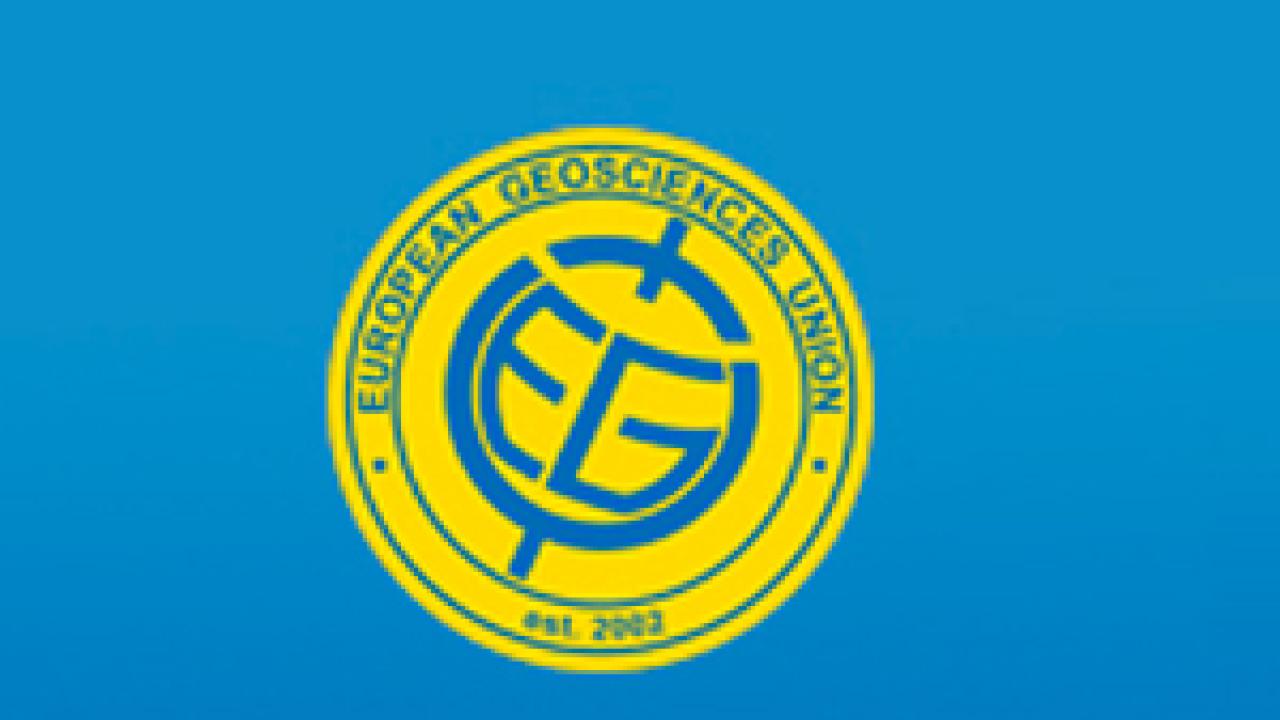
For more than a decade, scientists in ICTP's Earth System Physics (ESP) section, led by scientist Filippo Giorgi, has been fine-tuning a regional climate modelling system called RegCM, using specific equation-based codes that simulate the Earth's climatic conditions to produce localized, detailed climate projections that can play a vital role in assessing climate impact in vulnerable regions of the world.
Results of the model's latest simulations will be the focus of several sessions at this year's European Geophysical Union's General Assembly 2013, being held in Vienna, Austria from 7 to 12 April.
In particular, the RegCM sessions will focus on the model's role in the Coordinated Regional Climate Downscaling Experiment (CORDEX), an international project of the World Climate Research Programme that aims to produce new regional climate scenarios for various world regions. ESP scientists will discuss the results of RegCM simulations for five world regions.
ESP also will present results of a RegCM coupling with a regional atmosphere-ocean model and its implementation over the Caspian Sea basin, as well as an examination of tropical cyclone characteristics over Central America.
The ESP section is also interested in the impact of climate on health. They have developed a dynamical disease model called VECTRI (VECtor borne disease community model of ICTP, TRIeste) to assess malaria risk, taking into account the role of population dynamics and surface hydrology. At the EGU meeting, they will share results of the model's representation of inter-annual variability and longer-term projections of malaria transmission for Africa.
Shifting our attention to beyond planet Earth will be a presentation by ICTP scientist Julian Chela Flores, who will discuss the application of systems astrobiology to the discovery of biomarkers on exo-worlds.
Scientists from ICTP's Telecommunications/ICT for Development Laboratory section, headed by Sandro Radicella, will be giving two presentations on the NeQuick model, an ionosphere electron density model, which has been developed at ICTP in collaboration with the University of Graz, Austria. It is used by the European Geostationary Navigation Overlay Service (EGNOS) of the European Space Agency (ESA) for system assessment analysis and adopted as the model for ionospheric corrections in the single frequency operation of the European GALILEO satellite navigation system. The presentations "Web services interface for Space Weather: NeQuick 2 web and experimental TEC Calibration" and "Evaluation of NeQuick 2 derived vertical TEC at three northern mid-latitude locations" is scheduled for 12 April 2013.
More details about the EGU General Assembly 2013 are available here.
















